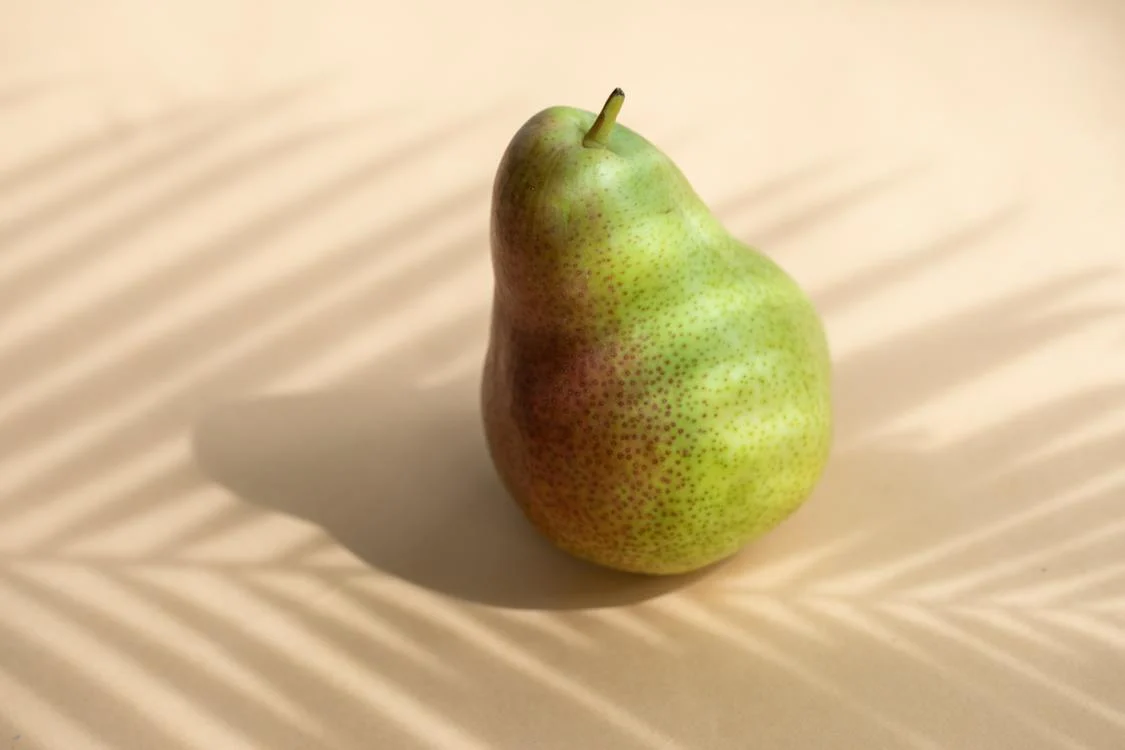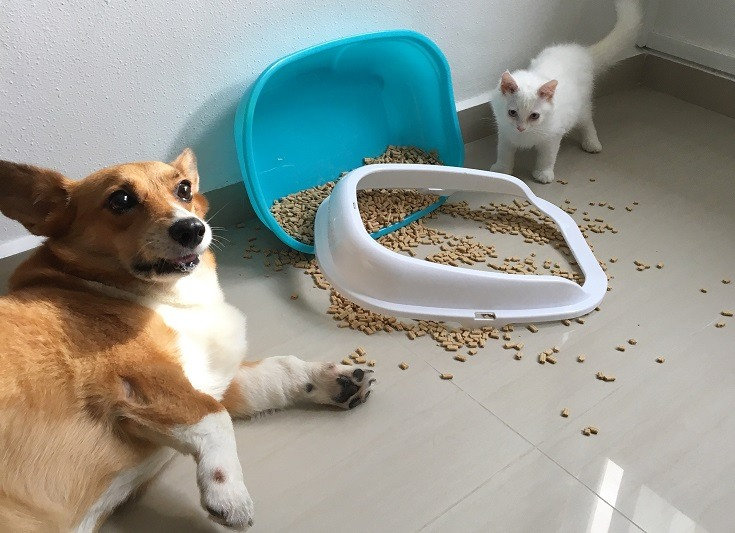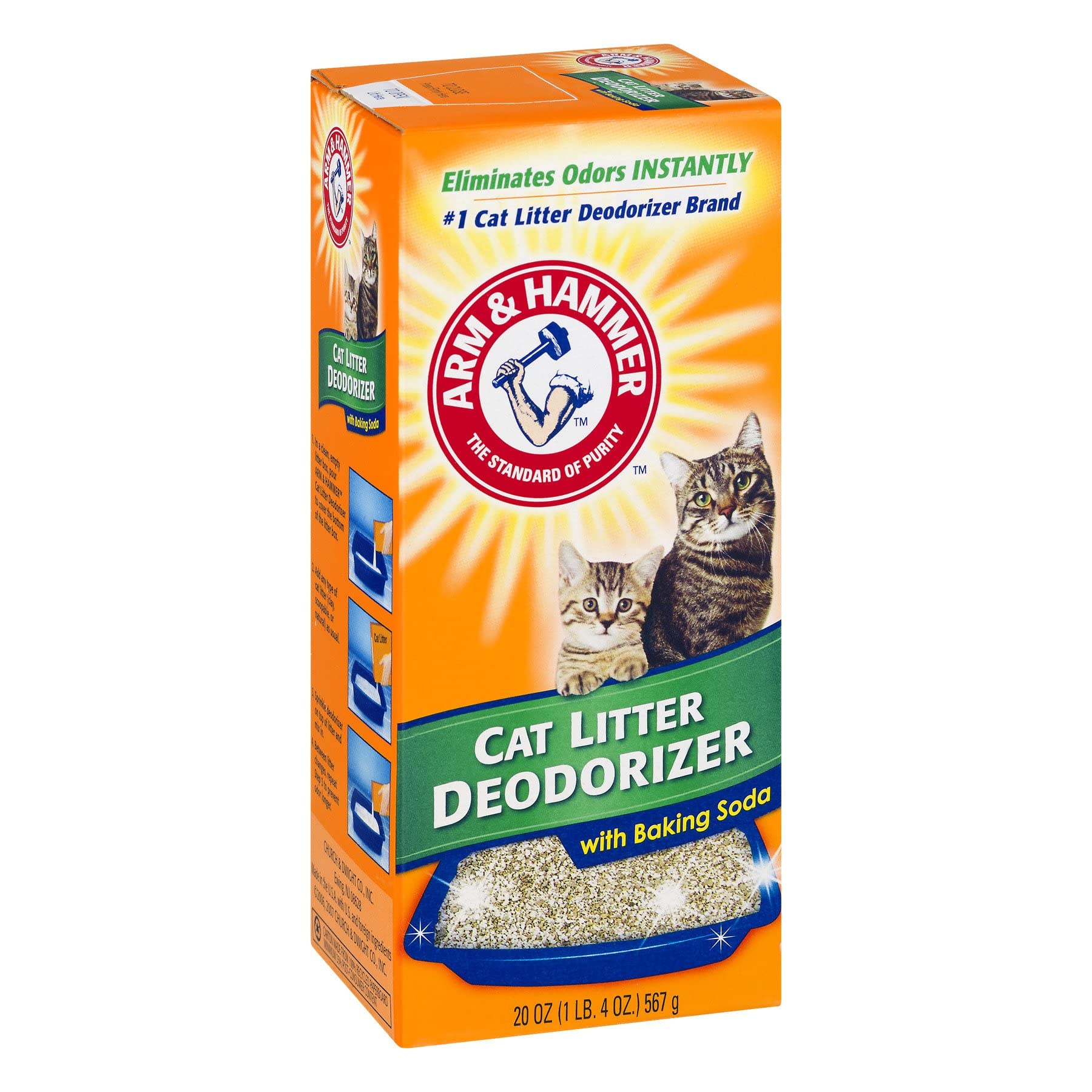
In the world of cat litter, baking soda has long been a subject of debate among pet owners. Some advocate for its use as a natural odor eliminator and deodorizer, while others raise concerns about its potential impact on cats’ health and litter box effectiveness. This comprehensive guide will delve into the realm of cat litter baking soda, exploring its benefits, potential drawbacks, and how to use it safely and effectively.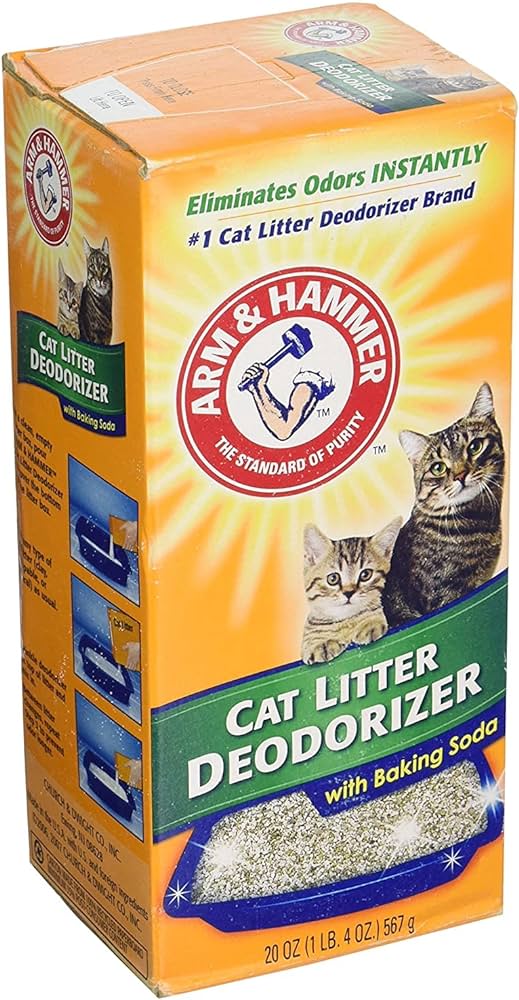
Introduction: The Baking Soda Debate in Cat Litter
Baking soda, a common household staple, has found its way into the world of cat litter care. Proponents of its use claim that it effectively absorbs and neutralizes odors, keeping the litter box fresh and eliminating unpleasant smells. However, concerns have been raised about the potential negative effects of baking soda on cats’ respiratory health and the overall effectiveness of litter boxes.
Understanding the Science Behind Baking Soda’s Odor-Absorbing Properties
Baking soda, also known as sodium bicarbonate, is a chemical compound with a slightly alkaline pH. When added to cat litter, it interacts with acidic compounds, such as ammonia, produced by cat urine. This interaction neutralizes the odor-causing ammonia, reducing the unpleasant smell associated with the litter box.
Benefits of Using Baking Soda in Cat Litter
-
Natural Odor Eliminator: Baking soda is a natural odor eliminator that can effectively absorb and neutralize unpleasant smells from cat urine and feces.
-
Safe for Cats: When used in moderation, baking soda is generally considered safe for cats. However, it’s important to avoid direct contact with their eyes or respiratory tracts.
-
Cost-Effective Solution: Baking soda is an inexpensive and readily available household product, making it a cost-effective way to control litter box odor.
Potential Drawbacks of Using Baking Soda in Cat Litter
-
Respiratory Irritation: Excessive dust from baking soda can irritate cats’ sensitive respiratory systems, leading to coughing, sneezing, or eye irritation.
-
Litter Box Effectiveness: Some studies suggest that baking soda may interfere with the clumping ability of certain types of litter, making it less effective at trapping waste.
-
Potential Health Concerns: While generally considered safe, concerns have been raised about the potential long-term effects of baking soda on cats’ urinary tract health.
How to Use Baking Soda in Cat Litter Safely and Effectively
-
Moderate Use: Use baking soda sparingly, sprinkling a small amount over the litter box once or twice a week.
-
Avoid Direct Contact: Do not sprinkle baking soda directly on cat urine or feces, as this can create a strong reaction that may irritate your cat’s paws.
-
Choose Clumping Litter: Use baking soda with clumping litter, as it is less likely to interfere with the clumping process.
-
Monitor Your Cat: Observe your cat’s behavior and consult your veterinarian if you notice any signs of respiratory irritation or urinary tract issues.
Alternative Odor Control Methods for Cat Litter
-
High-Quality Litter: Choose a high-quality litter that effectively traps odors and controls moisture.
-
Regular Scooping: Scoop the litter box daily to remove waste and prevent odors from building up.
-
Litter Box Liners: Consider using litter box liners to make cleaning easier and reduce odor.
-
Activated Charcoal: Activated charcoal is another natural odor absorber that can be added to the litter box.
Conclusion: A Balanced Approach to Litter Box Odor Control
Baking soda can be a useful tool for controlling litter box odor when used in moderation and with caution. However, it’s important to consider the potential drawbacks and use it in combination with other odor control methods, such as high-quality litter, regular scooping, and alternative odor absorbers. By taking a balanced approach, you can maintain a clean and fresh litter box without compromising your cat’s health or the effectiveness of the litter.
Additional Considerations
-
Cat Preferences: Some cats may be more sensitive to the dust from baking soda than others. Observe your cat’s reaction and adjust the amount of baking soda you use accordingly.
-
Veterinary Advice: If you have any concerns about using baking soda in your cat’s litter box, consult with your veterinarian for personalized advice.
-
Patience and Experimentation: Finding the best odor control solution for your cat may take some trial and error. Be patient and experiment with different methods to find what works best for you and your feline friend.
Remember, maintaining a clean and odor-free litter box is essential for both your cat’s comfort and your own. By understanding the benefits and drawbacks of baking soda, using it safely and effectively, and exploring alternative odor control methods, you can create a harmonious and pleasant living environment for both you and your beloved cat.
While baking soda offers a readily available option for odor control, there are several natural alternatives that can be equally effective and potentially gentler for your cat’s respiratory system:
-
Baking Soda Substitutes:
-
Diatomaceous Earth (DE): Food-grade DE is a naturally occurring powder with odor-absorbing properties. Choose a product specifically labeled for pet use and sprinkle a thin layer over the litter box after scooping.
-
Baking Soda-Free Odor Control Products: Numerous commercially available odor control products are formulated specifically for cat litter. These often use natural ingredients like plant extracts or enzymes to neutralize odors without the potential drawbacks of baking soda.
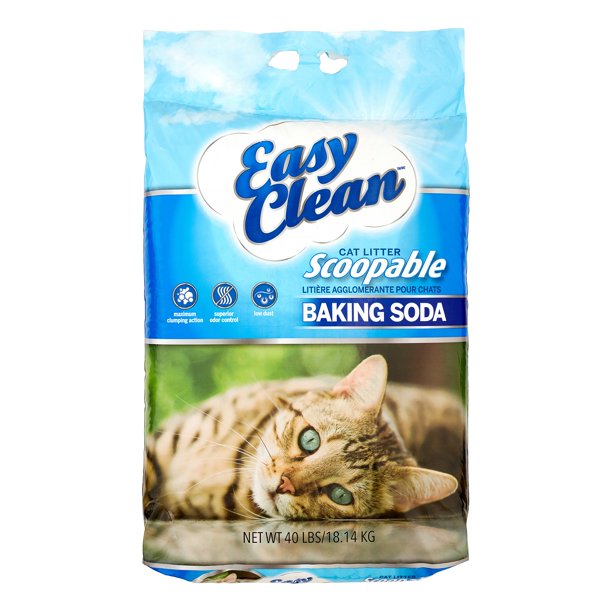
-
-
Cleaning and Maintenance Practices:
-
Ventilation: Provide adequate ventilation near the litter box. Consider using a fan to help circulate air and prevent odors from accumulating.
-
Litter Box Placement: Avoid placing the litter box in poorly ventilated areas, such as a closed room or near your living space.
-
Deep Cleaning: Deep clean the litter box regularly, removing all traces of old litter and disinfecting with a pet-safe cleaning solution.
-
-
Addressing Underlying Issues:
-
Dietary Changes: Certain foods or treats may contribute to strong-smelling urine. Consult your veterinarian about dietary adjustments that might improve your cat’s urinary tract health and reduce litter box odor.
-
Medical Conditions: Underlying medical conditions, such as urinary tract infections or diabetes, can also contribute to strong-smelling urine. Schedule regular veterinary checkups to ensure your cat’s overall health and address any potential medical issues that might be influencing litter box odor.
-
By implementing these natural alternatives and maintaining a clean and well-ventilated litter box environment, you can effectively control odor without resorting to baking soda or potentially harmful chemicals.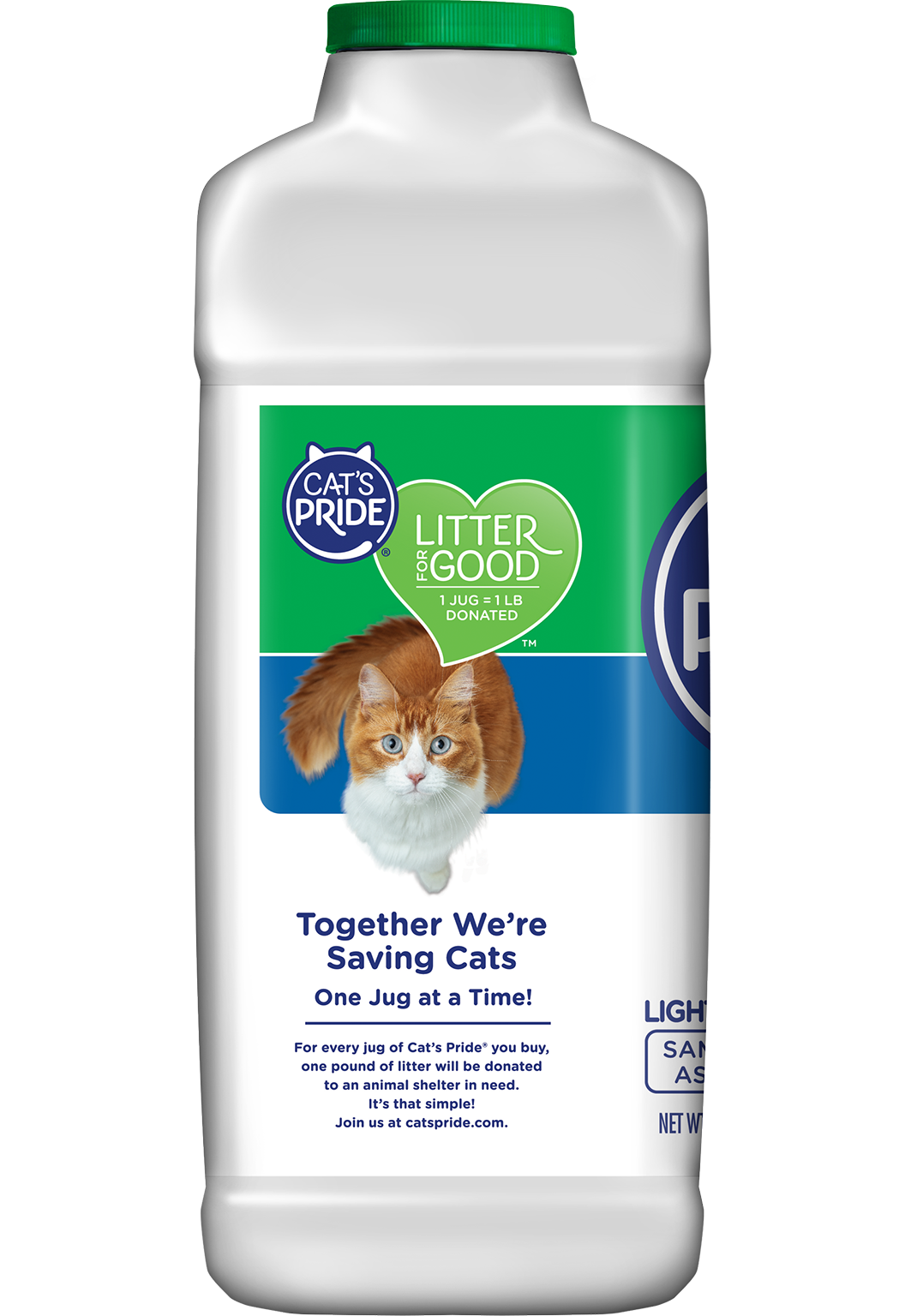
The Importance of a Clean Litter Box for Cat Behavior and Well-being
Maintaining a clean and odor-free litter box is not just about keeping your home smelling fresh; it’s crucial for your cat’s well-being and behavior. Here’s why:
-
Hygiene and Elimination Habits: Cats are naturally clean animals and prefer a clean litter box for elimination. A smelly or dirty litter box can deter them from using it, leading to inappropriate elimination outside the box.
-
Stress and Anxiety: A dirty litter box can be a source of stress and anxiety for your cat. The unpleasant odor and unsanitary conditions can trigger them to avoid the litter box altogether.
-
Urinary Tract Health: A dirty litter box can contribute to urinary tract infections (UTIs) in cats. The buildup of urine and bacteria can irritate the bladder and urethra, leading to painful urination and other health problems.
-
Maintaining a Positive Relationship: A clean litter box is essential for maintaining a positive relationship with your cat. By providing a clean and welcoming environment for them to use the bathroom, you contribute to their overall happiness and well-being.
By prioritizing regular scooping, deep cleaning, and effective odor control methods, you ensure your cat has a clean and comfortable litter box, promoting good hygiene, reducing stress, and fostering a harmonious relationship between you and your feline companion.
Conclusion: A Commitment to a Healthy and Happy Cat
Creating a comfortable and healthy environment for your cat is an ongoing commitment. By understanding the potential benefits and drawbacks of using baking soda in cat litter, exploring alternative odor control methods, and prioritizing a clean and well-maintained litter box, you demonstrate your love and care for your feline friend. Remember, a fresh and inviting litter box promotes good hygiene, reduces stress, and contributes to your cat’s overall well-being. With these tips in mind, you can create a happy and healthy home for both you and your beloved cat.
